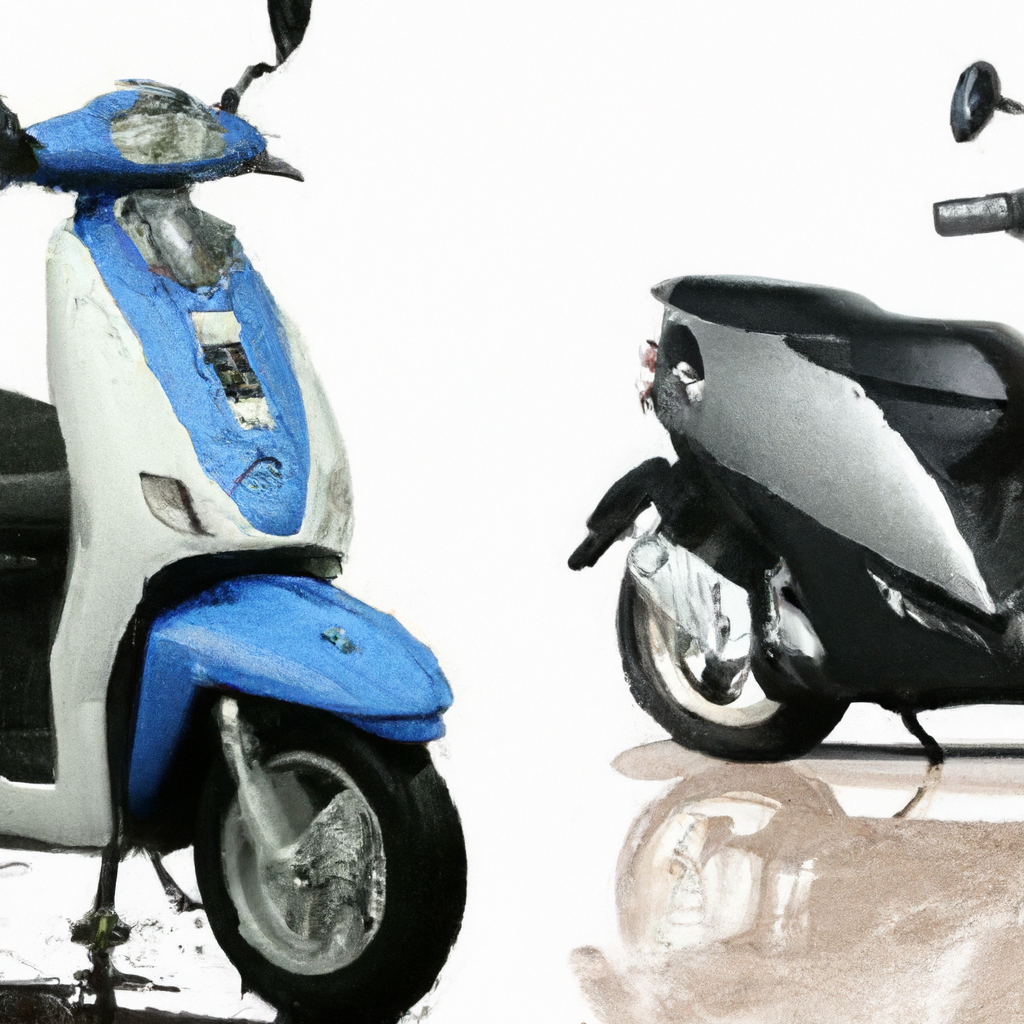So you’re considering getting an electric scooter, but you’re not sure if it can handle a little rain? Well, fear not, because today we’re going to answer the age-old question: can electric scooters withstand rain? If you’ve ever wondered whether the sleek and stylish electric scooters that have taken over city streets are built to withstand a sudden downpour, then you’re in the right place. We’ll dive into the details and find out if these nifty modes of transportation can handle a wet commute without causing any short-circuits. Buckle up, because we’re about to find out if electric scooters are truly weatherproof!
Can electric scooters withstand rain?
Electric scooters have become a popular mode of transportation for many people due to their convenience and environmental benefits. However, one concern that potential scooter owners may have is whether or not electric scooters can withstand rain. After all, nobody wants to invest in a scooter only to have it ruined by a sudden downpour. In this article, we will explore various aspects of electric scooter waterproofing and rain protection to help you make an informed decision.

Waterproofing and rain protection
Waterproofing is a crucial aspect of any vehicle or electronic device, and electric scooters are no exception. While not all electric scooters are completely waterproof, many newer models do come with varying levels of water resistance. This means that, to some extent, they can handle exposure to rain or other wet conditions without suffering significant damage.
IP ratings and what they mean
When it comes to evaluating the waterproof capabilities of electric scooters, IP (Ingress Protection) ratings play a significant role. IP ratings provide information about a device’s resistance to both solid particles and liquids. The rating is typically represented by two numbers. The first number refers to the level of solid particle protection, while the second number indicates the water resistance.
For instance, an electric scooter with an IP54 rating means that it offers a moderate level of protection against dust and dirt (5) and is protected against water sprayed from any direction (4). On the other hand, a scooter with an IP67 rating provides complete protection against dust (6) and can withstand being submerged in up to one meter of water for a limited time (7).
Enclosed versus open design
The design of an electric scooter also plays a role in its resistance to rain. Some scooters have an enclosed design, where the internal components such as the battery, controller, and wiring are housed within a sealed compartment. This design provides added protection against water ingress, as these critical components are shielded from direct exposure to rain.
In contrast, open design scooters have their components exposed, and while measures may be taken to water-resistant these components, they may not provide the same level of protection as enclosed design models. Therefore, it is essential to consider the design of the scooter before relying solely on its IP rating.
Water-resistant versus waterproof
It is essential to understand the difference between water-resistant and waterproof when considering the rain protection of an electric scooter. A water-resistant scooter can repel water to some extent, preventing immediate damage from light rain or splashes. However, it may not be capable of withstanding heavy rain or prolonged exposure to wet conditions without some water seeping in.
On the other hand, a waterproof scooter can resist the penetration of water to a higher degree, providing better protection against heavy rain or even submersion in water for short periods. These scooters are generally built with more robust seals and gaskets to ensure no water enters the internal components.

Electrical components and water damage
While a waterproof or water-resistant electric scooter is designed to handle wet conditions, it is important to note that excessive exposure to water can still cause damage to certain electrical components. Water can corrode metal parts, rust connectors, and potentially short circuit the battery or motor. Therefore, even if your scooter is rain-proof, it is still advisable to minimize its exposure to water whenever possible.
How to protect your scooter from rain
To protect your electric scooter from rain, there are several steps you can take. First and foremost, it is recommended to check the IP rating of your scooter. This will give you an idea of its level of protection against water. If your scooter has a high IP rating, you can have more confidence in its ability to withstand rain.
Secondly, try to use your scooter in dry conditions whenever possible. If you know rain is in the forecast, consider using alternative transportation or wait until the weather improves before taking your scooter out. This will help minimize its exposure to water and reduce the risk of water damage.

Covering options for rainy days
If you find yourself needing to ride your electric scooter in the rain frequently, investing in a rain cover or a scooter-specific waterproof cover can be a wise choice. These covers are designed to protect your scooter from rain and prevent water from reaching the sensitive components. They typically fit snugly around the scooter, providing full coverage and allowing you to ride with peace of mind in wet conditions.
Maintenance and cleaning after rain
After riding your electric scooter in the rain, it is essential to perform proper maintenance and cleaning to ensure its longevity. Start by wiping down the scooter with a dry cloth to remove any water droplets. Pay close attention to the electrical connectors, brake levers, and throttle, as these areas can accumulate water.
Next, allow the scooter to dry completely before storing it. This will prevent any moisture from lingering and potentially causing damage over time. If necessary, you can use a fan or hairdryer on a low, cool setting to speed up the drying process, but avoid using heat or high settings as it may damage the components.

Manufacturer recommendations for rain
When it comes to the specific care and usage guidelines for your electric scooter in rainy conditions, it is always best to refer to the manufacturer’s recommendations. Each scooter model may have its own set of instructions and precautions to ensure optimal performance and longevity.
Manufacturers may provide advice on maximum exposure time to rain, recommended drying procedures, and any additional measures to take for added protection. By following these recommendations, you can ensure that your scooter remains in good condition even when exposed to rain.
Conclusion
In conclusion, while not all electric scooters are fully waterproof, many models do offer varying levels of water resistance. Understanding IP ratings, the design of the scooter, and the difference between water-resistant and waterproof is crucial in determining its suitability for rainy conditions. By taking the necessary precautions, such as using covers and performing maintenance after rainy rides, you can help protect your electric scooter and ensure its longevity even in wet weather.




